Mega-Tsunami Warning Along US Pacific Coast
The Pacific coast of the United States, located along the Cascadia Subduction Zone of the Pacific Ocean, namely the states of Washington, Oregon, and California, is threatened by a deadly tsunami. A silent threat looms over the US Pacific coast. It will not just be a regional disaster if its silence is broken. Rather, its impact will be felt around the world.
Scientists warn that a massive earthquake could strike the region anytime, resulting in a devastating tsunami.
Cascadia Subduction Zone: Silent Danger
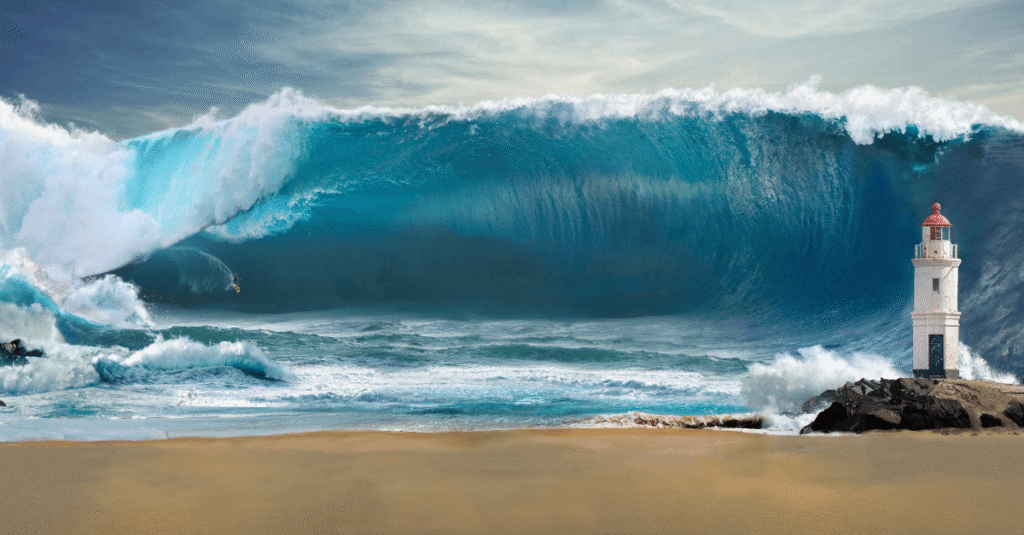
The Cascadia Subduction Zone is the boundary of a tectonic plate. It stretches 1,000 kilometers from British Columbia to Northern California. The Juan de Fuca Plate is moving beneath the North American Plate. This process occurs very slowly, but the friction and pressure between the plates continue to build. When this pressure exceeds the tolerance limit, the plates suddenly move, creating a megathrust earthquake. This is the main cause of tsunamis.
Geological evidence shows that the last major earthquake in this region occurred in 1700. The magnitude was 9.0 or higher. This earthquake caused a huge tsunami that reached the coast of Japan. Scientists believe that since then, the pressure in this region has been increasing again, and a similar earthquake could strike at any time.
Impact of a megathrust earthquake
The impact would be devastating if a magnitude 9.0 earthquake were to strike the Cascadia subduction zone.
Earthquake: First, the earthquake would be so powerful that it would severely damage buildings, roads, bridges, and other infrastructure in the coastal region. Electricity, gas, and telecommunications systems would be completely disrupted.
Tsunami: A huge tsunami will hit the coast within minutes of an earthquake. The first wave will hit the coast within a few minutes to 30 minutes. These waves can be from a few meters to tens of meters in height. This tsunami will destroy coastal cities. This can result in the loss of thousands of lives.
A universal challenge for humanity: why is global preparedness necessary?
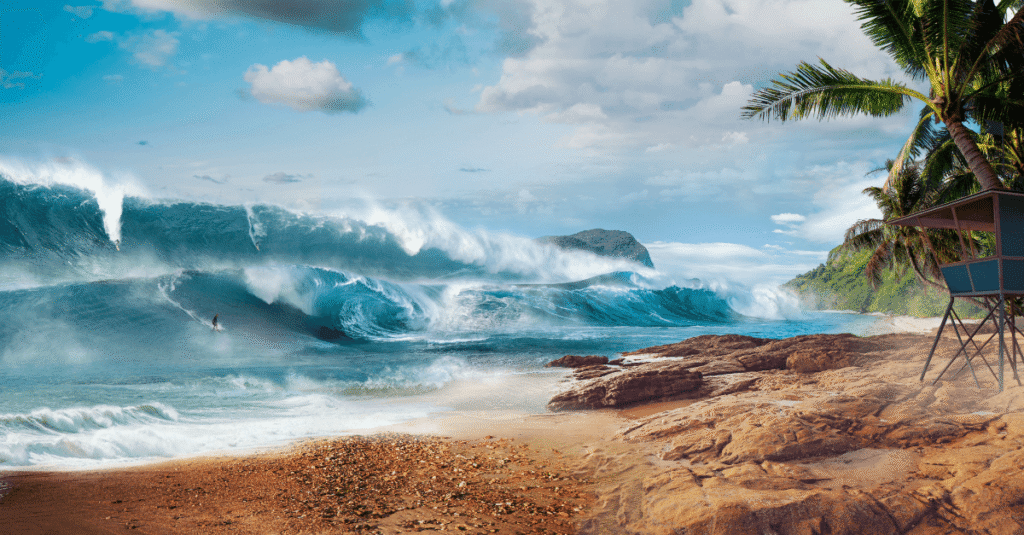
- A universal challenge for humanity: Why is global preparedness necessary? Technological advances and forecasting systems. Recent technologies, such as sensors placed on the seabed and advanced satellite systems, are helping us predict earthquakes and tsunamis.
- Personal and family preparedness: Why is it important for human life? Every person in the world should know how to prepare for a disaster. This includes making an emergency bag. It is very important to plan communication with family members and be aware of emergency services.
- International cooperation: Why is it more urgent than ever? Every country can prepare for such disasters by communicating and cooperating with other countries. Mutual cooperation between countries along the Pacific coast is particularly important.
Need for self-preparation
Extensive preparation is required at the individual, institutional, and government levels to protect ourselves from such disasters.
- Warning and awareness: People should be aware of this danger and be educated about the signs of a tsunami warning.
- Evacuation to higher ground: As soon as they receive a tsunami warning, residents of coastal areas should move to higher ground or a safe place.
- Emergency preparedness: Everyone should keep an emergency kit in their home, car, and workplace, containing food, drinks, first aid kits, and other necessary items.
- Planning and practice: Families and communities should have a specific emergency plan and practice it regularly.
Some important questions and answers:
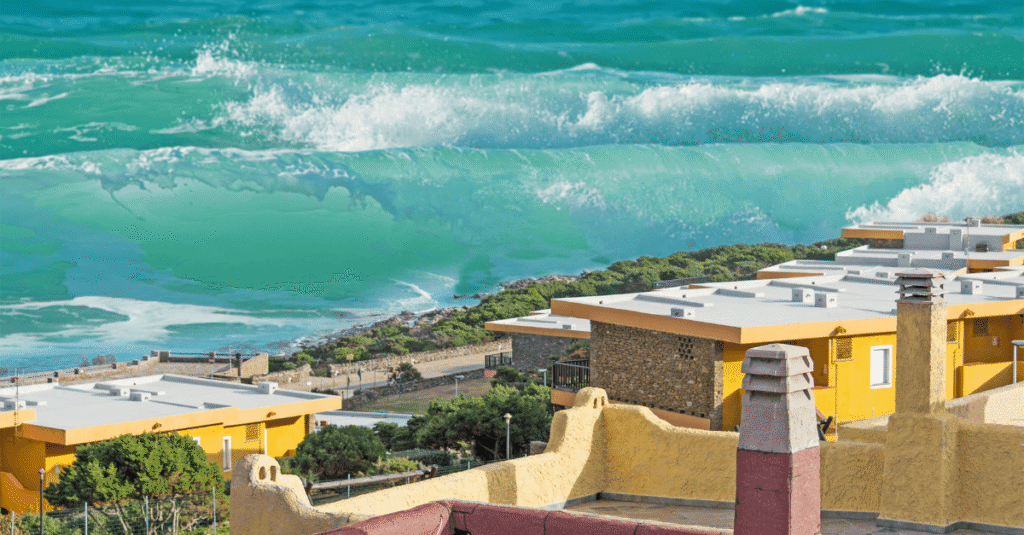
1. What is the Cascadia Subduction Zone, and why is it so dangerous?
Answer: The Cascadia Subduction Zone is the boundary of a tectonic plate. It is 1000 kilometers long from British Columbia to Northern California. The Juan de Fuca Plate is slowly subducting under the North American Plate. This process is called subduction.
The main reason this zone is dangerous is that there is constant pressure between the two plates. Although the plates move slowly, they sometimes get stuck due to friction. When this pressure exceeds the tolerance limit, the plates suddenly move, which causes a megathrust earthquake. Such an earthquake can have a magnitude of 9.0 or more and cause a huge tsunami. The last major earthquake in this region occurred in 1700, which suggests that the pressure is building up for another major quake.
2. What is the difference between a mega-tsunami and a regular tsunami?
Answer: A tsunami is an ocean wave usually caused by a large earthquake. However, there are some key differences between a mega-tsunami and a regular tsunami:
- Source: Regular tsunamis are usually caused by moderate to large earthquakes that cause seabed displacement. On the other hand, mega-tsunamis are only caused by megathrust earthquakes, which have a magnitude of 8.5 or greater. Such earthquakes suddenly lift a large part of the seabed.
- Size and power: Regular tsunami waves are usually a few meters high and have limited control. But mega-tsunami waves can be tens of meters high and have much greater destructive power. They can completely wipe out a large part of the coastline.
- Impact: Regular tsunamis usually cause local or regional damage. Mega-tsunamis can cause devastation not only locally, but also in coastal areas thousands of kilometers away. For example, the tsunami caused by the 2004 Sumatra earthquake caused extensive damage in the coastal countries of the Indian Ocean.
3. What measures have been taken for tsunami warning in the United States?
Answer: The United States government has taken various measures for tsunami warning:
- National Tsunami Warning Center: This special organization collects earthquake and tsunami data through sensors and other equipment installed on the seabed. When a tsunami is generated, it quickly warns people in coastal areas.
- Emergency Alert System: This system sends tsunami warning messages quickly to radio, television, and mobile phones.
- Educational Programs: Various educational programs make people aware of tsunamis and their dangers. Signboards and warning signs have been installed in coastal cities, encouraging people to take shelter in higher places.
4. How can we personally prepare for such disasters?
Answer: Personal preparation for such disasters is very important.
Prepare an emergency kit: Have an emergency kit ready, including food, drinks, flashlights, first aid kits, medicine, and other essentials.
- Family planning: Make an emergency plan with your family. Plan ahead for where everyone will meet and how to communicate with each other.
- Find high ground: Know the highest ground near your home, work, and school. Move to those places as soon as you receive a tsunami warning.
5. What should my first action be if I am on the coast when an earthquake strikes?
Answer: If you are on the coast when an earthquake strikes, your first steps are important to saving lives:
- Drop, Cover, and Hold On: Protect yourself first. Get under a sturdy table or furniture and hold tight until the earthquake stops.
- Don’t wait for a warning: If you feel a strong earthquake that makes it difficult to stand, don’t wait for an official tsunami warning. This is a natural warning.
- Get to higher ground quickly: As soon as the earthquake stops, move to the nearest high ground or a safe place as quickly as possible. The further and higher you can go, the safer you will be.
- Take shelter: If there is no high ground or safe place nearby, take shelter on the top floor of a sturdy multi-storey building. However, this is a last resort; the best option is to move to higher ground.
Conclusion: Looking to the future: A universal hope
The threat of mega-tsunamis is a real danger, but it is also a universal challenge. We can meet this challenge. Research, preparation, and cooperation will help protect us from such disasters. We can meet such challenges if we are aware of this risk and are prepared to deal with it.
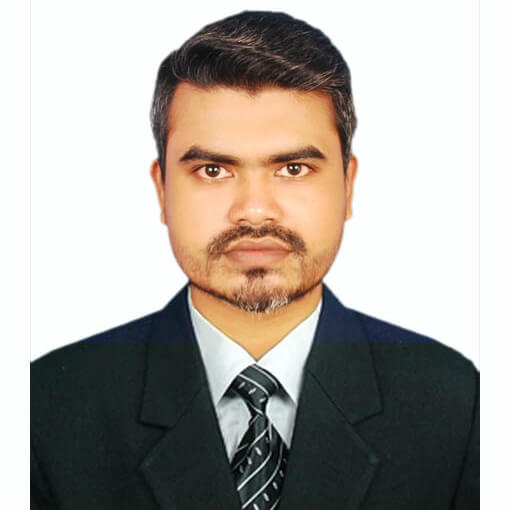
Hi, I’m M Saif, a digital marketer with a strong focus on SEO and content writing. I help businesses improve their online visibility, drive organic traffic, and create engaging content that converts. With a results-driven approach, I work on strategies that not only boost rankings but also deliver real value to audiences.


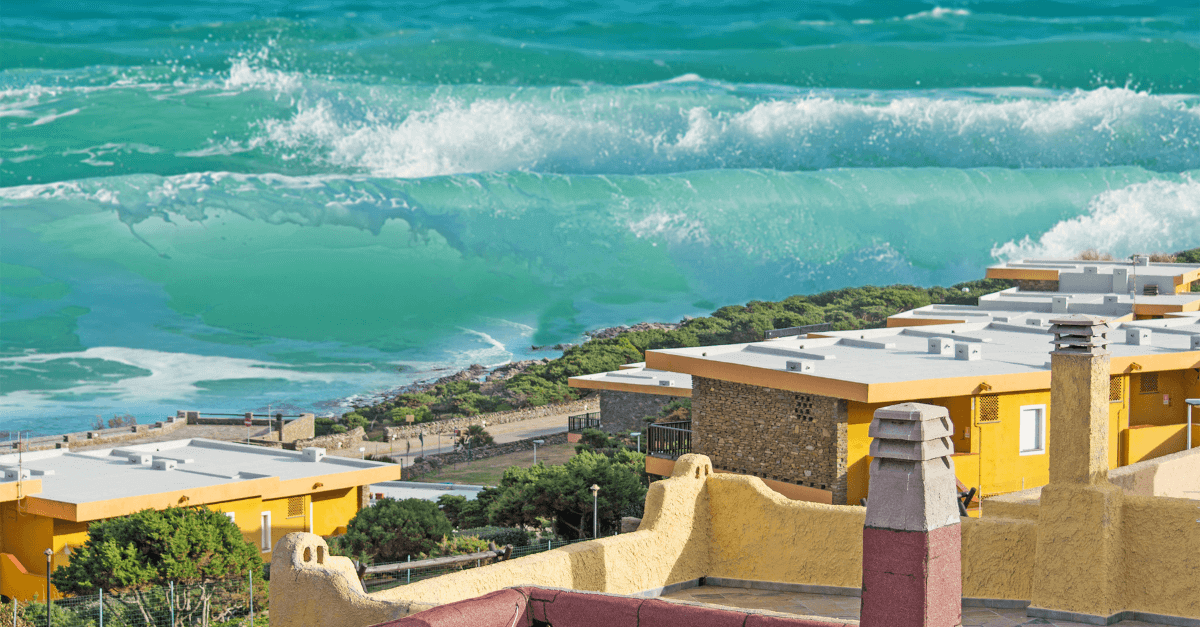

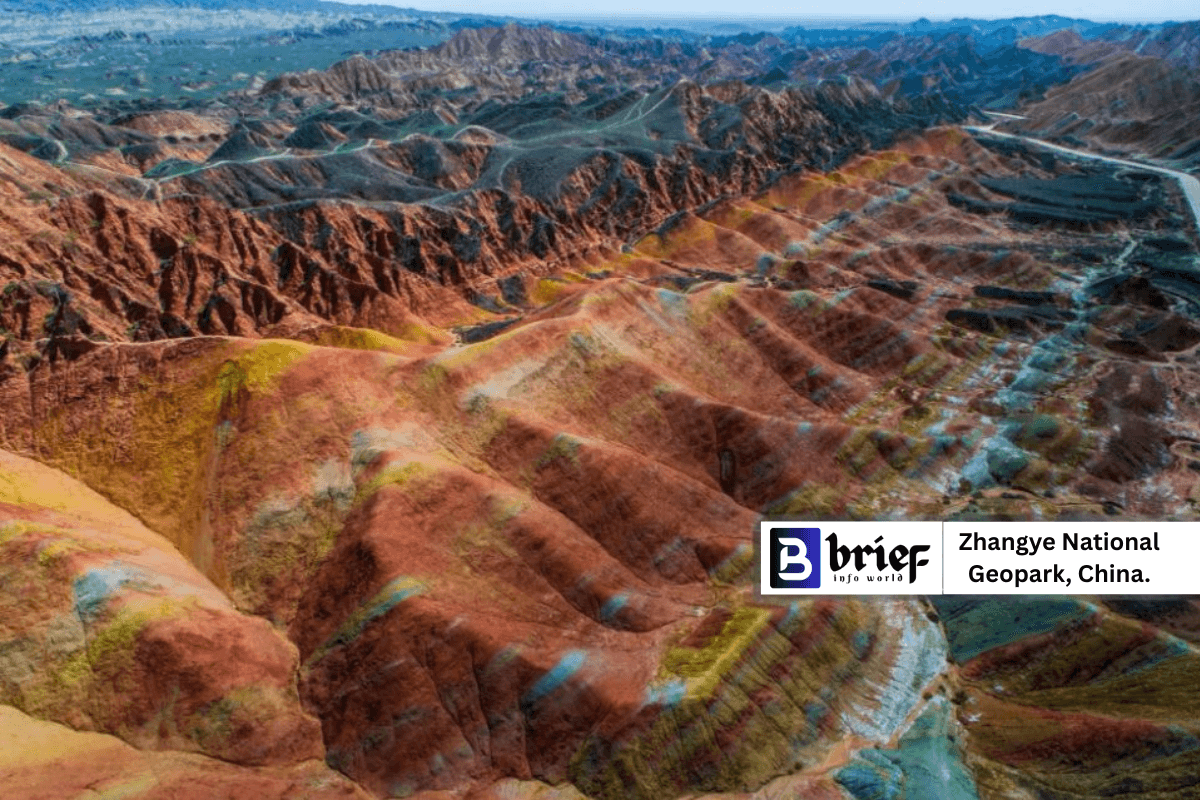
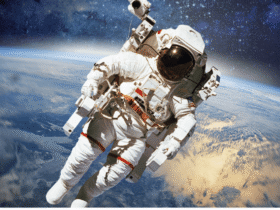
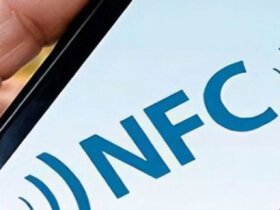
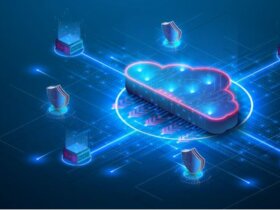
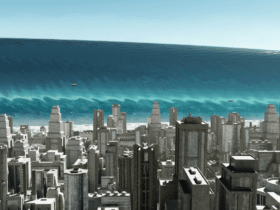


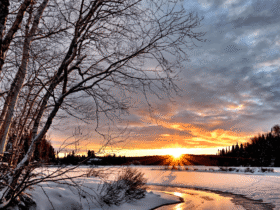
Leave a Reply